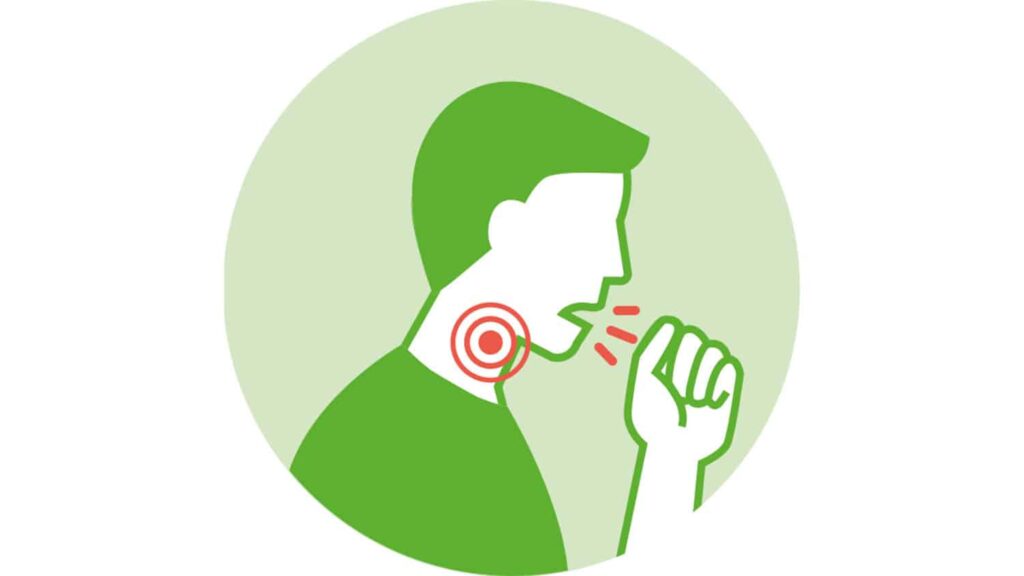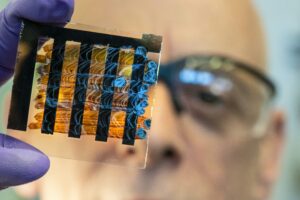
Researchers at North Carolina State University have made significant strides in improving wearable health devices’ ability to accurately detect coughing. This advancement, detailed in a recent paper, is poised to revolutionize the monitoring of chronic health conditions and the prediction of health risks, such as asthma attacks. Historically, cough-detection technologies have struggled to differentiate the sound of coughing from speech and other nonverbal human noises.
“Coughing serves as an important biomarker for tracking a variety of conditions,” explains Edgar Lobaton, the corresponding author of the study and a professor of electrical and computer engineering at NC State. “For example, cough frequency can help us monitor the progress of respiratory diseases or predict when someone’s asthma condition is being exacerbated, and they may want to use their inhaler. That’s why there is interest in developing technologies that can detect and track cough frequency.”
Challenges in Cough Detection
Wearable health technologies provide a practical solution for detecting sounds, theoretically allowing models with embedded machine learning to recognize coughs and distinguish them from other sounds. However, real-world application has proven more challenging than anticipated.
“While models have gotten very good at distinguishing coughs from background noises, these models often struggle to distinguish coughs from speech and similar sounds such as sneezes, throat-clearing, or groans,” Lobaton notes. This difficulty arises because, in real-world scenarios, models encounter sounds they have never heard before.
“Cough-detection models are ‘trained’ on a library of sounds, and told which sounds are a cough and which sounds are not a cough,” Lobaton says. “But when the model runs across a new sound, its ability to distinguish cough from not-cough suffers.”
Innovative Data Sources
To tackle these challenges, researchers turned to a novel data source: the wearable health monitors themselves. Specifically, they collected two types of data from chest-worn health monitors: audio data and accelerometer data, which detects and measures movement.
“In addition to capturing real-world sounds, such as coughing and groaning, the health monitors capture the sudden movements associated with coughing,” Lobaton explains.
Yuhan Chen, the first author of the paper and a recent Ph.D. graduate from NC State, adds, “Movement alone cannot be used to detect coughing, because movement provides limited information about what is generating the sound. Different actions – like laughing and coughing – can produce similar movement patterns. But the combination of sound and movement can improve the accuracy of a cough-detection model, because movement provides complementary information that supports sound-based detection.”
Advancements and Implications
In addition to leveraging multiple data sources, the researchers refined the algorithms used by the cough-detection model. When tested in a laboratory setting, the new model demonstrated greater accuracy than previous technologies, particularly in reducing “false positives” where sounds identified as coughs were more accurately confirmed.
“This is a meaningful step forward,” Lobaton states. “We’ve gotten very good at distinguishing coughs from human speech, and the new model is substantially better at distinguishing coughs from nonverbal sounds. There is still room for improvement, but we have a good idea of how to address that and are now working on this challenge.”
The paper, titled “Robust Multimodal Cough Detection with Optimized Out-of-Distribution Detection for Wearables,” is published in the IEEE Journal of Biomedical and Health Informatics. Co-authors include Feiya Xiang, a Ph.D. student at NC State; Alper Bozkurt, the McPherson Family Distinguished Professor in Engineering Entrepreneurship at NC State; Michelle Hernandez, professor of pediatric allergy-immunology at the University of North Carolina’s School of Medicine; and Delesha Carpenter, a professor at UNC’s Eshelman School of Pharmacy.
Future Directions
This research was supported by the National Science Foundation (NSF) under several grants and by NC State’s Center for Advanced Self-Powered Systems of Integrated Sensors and Technologies (ASSIST). The implications of this advancement extend beyond respiratory health, potentially offering new ways to monitor and manage a variety of health conditions through improved wearable technologies.
As the researchers continue to refine their models, the potential for more accurate and comprehensive health monitoring becomes increasingly feasible, paving the way for innovations in personal healthcare management and preventive medicine.





